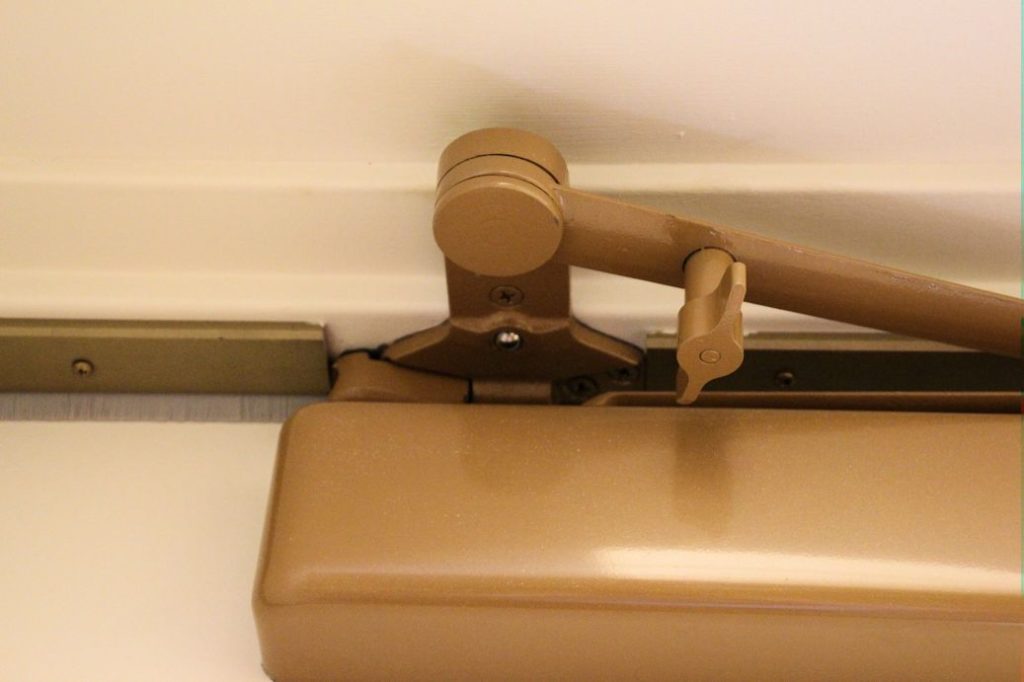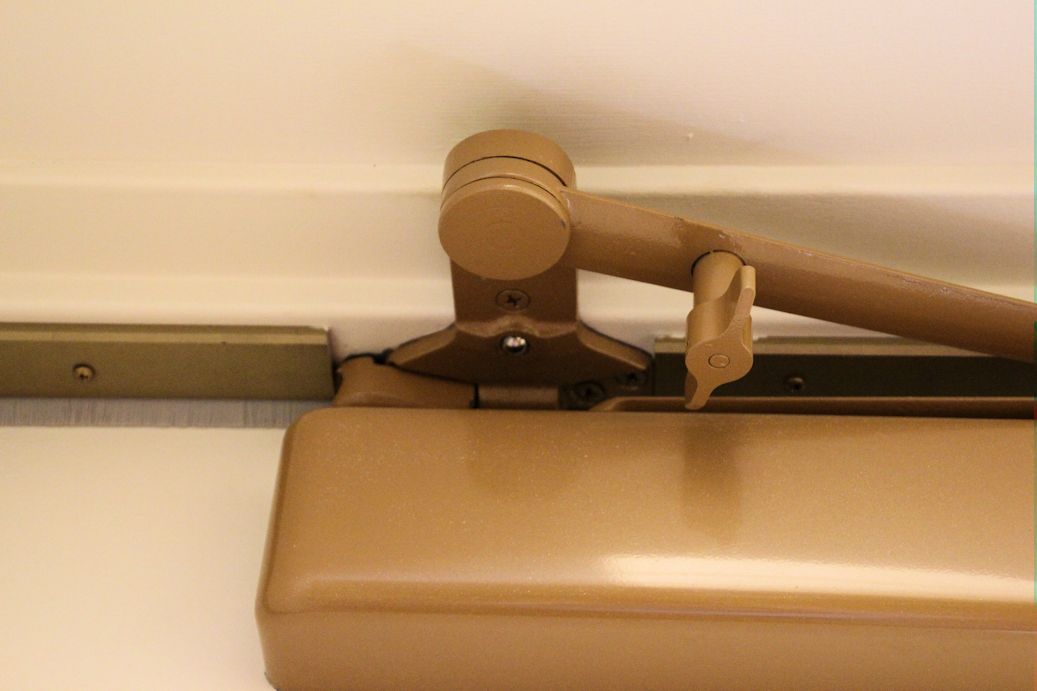This question recently hit my inbox:
During a fire door assembly inspection, should a flashlight be used to verify whether the gasketing is continuous?
I have not seen this method documented in any codes or standards, so there is no way to know how much light is too much, or how light transmission equates to smoke transmission/air infiltration. In fact, this practice is addressed in a 2007 bulletin from the Centers for Medicare & Medicaid Services (CMS): “It has come to our attention that in limited instances a “light test” has been used to determine if the door gap is adequate or too large. (If the surveyor sees light through the door gap, he/she determines that the gap is too large and the provider is cited for a deficiency.) There is no criterion for a light test anywhere in the LSC or in other NFPA Codes and Standards.”
Based on the lack of documentation for this practice, and the specific response from CMS, the “light test” is not the required or recommended method. I would look at the gasketing to make sure it is intact, continuous, with no damage. But there’s something else to consider…is the gasketing actually required?
The International Building Code (IBC) and NFPA 101 – The Life Safety Code, require SOME fire doors and smoke doors to have gasketing. This does not apply to ALL fire doors or ALL smoke doors, so it’s important to understand where gasketing is required; this is explained in the related posts.
Where these doors are required to have gasketing, NFPA 80 and NFPA 105 including gasketing in the list of annual inspection criteria. NFPA 80 states, “Meeting edge protection, gasketing and edge seals, where required, are inspected to verify their presence and integrity.”

I know what you’re thinking – this is not a fire door. You’re right. I’m just using this photo to illustrate gasketing cut around a parallel arm shoe.
The NFPA 80 Handbook reiterates that gasketing and intumescent materials must be inspected if they are required by code. The Handbook also addresses the common installation practice of cutting and notching gasketing materials around hardware – like parallel arm brackets for door closers, and strikes for rim and surface vertical rod panic/fire exit hardware, stating: “Gaps and notches in gasketing compromise its ability to resist the passage of smoke and gases around the assemblies. When the top rails of door leaves are mortised for overhead stops and closers, gasketing needs to be applied to the soffit of the door frames in order to properly seal against the door.”
The bottom line:
- If gasketing on a particular fire door or smoke door is required by code, the annual inspection requirements of NFPA 80 and NFPA 105 include verification that the gasketing is present and continuous.
- The presence and integrity of the gasketing can be verified by observing the condition of the material – a “light test” is not mandated by the codes or standards.
- If gasketing is required by code, it should not be notched or cut around hardware that may have been installed prior to the gasketing.
- If gasketing is not required by code, it is not required to be continuous, but if present on a fire door assembly, it must be listed to UL 10C/NFPA 252.
~~~
Related Posts:
You need to login or register to bookmark/favorite this content.






ST-1944 or ST-1595 will take care of that head condition with the closer shoe applied to solid gasketing with 1/4″ extended screws!
Wow! I had no idea that I should specify a special template to get longer screws for the closer shoe mounted on the solid gasketing! I’ve learned my “something new” for the day!
– Lori
So what is the answer ??
I was at a brand new building recently.
Looking at the rated door leading to the elevator.
On the elevator side was a window.
With the door closed, light could be see on the latch side.
To me if you see light/ gap,,, Smoke will come through.
Is there something in the UL test criteria about smoke movement??
If there’s an obvious gap with light shining through, that could be a problem. But using a flashlight to examine smokeseal isn’t the accepted practice for checking fire doors.
– Lori
I have always disliked having to cut around PA brackets as it interrupted the weather seal on exterior doors the same goes for the latch on panic hardware . Early on in my career I started using CN Krowder(W20) larger weather strip that allows you to install both PA brackets and latch/strike plates with out cutting or notching weather strip. Check out their web site for details.i just find it looks cleaner and neater as an install. It may alter your panic device backset as you add a 1/4″ to the overall dimension.
Regarding the bullet point above, If gasketing is not required by code, it is not required to be continuous, but if present on a fire door assembly, it must be listed to UL 10C/NFPA 252.
My question is If gasketing is “required” on a particular door and is required to be continuous. Does continuous mean along each of the three lengths (top and both sides inclusive) or can continuous be 1 or 2 of the lengths, Floor to top rail only or top rail length only?
Pete
Hi Pete –
I’m not sure if I’m understanding your question correctly, but if gasketing on a fire door is required, then the gasketing has to be listed and continuous – meaning that a chunk of the gasketing can not be missing. If a fire door is required to limit air infiltration per UL 1784, the gasketing would be required at the head and both jambs.
– Lori